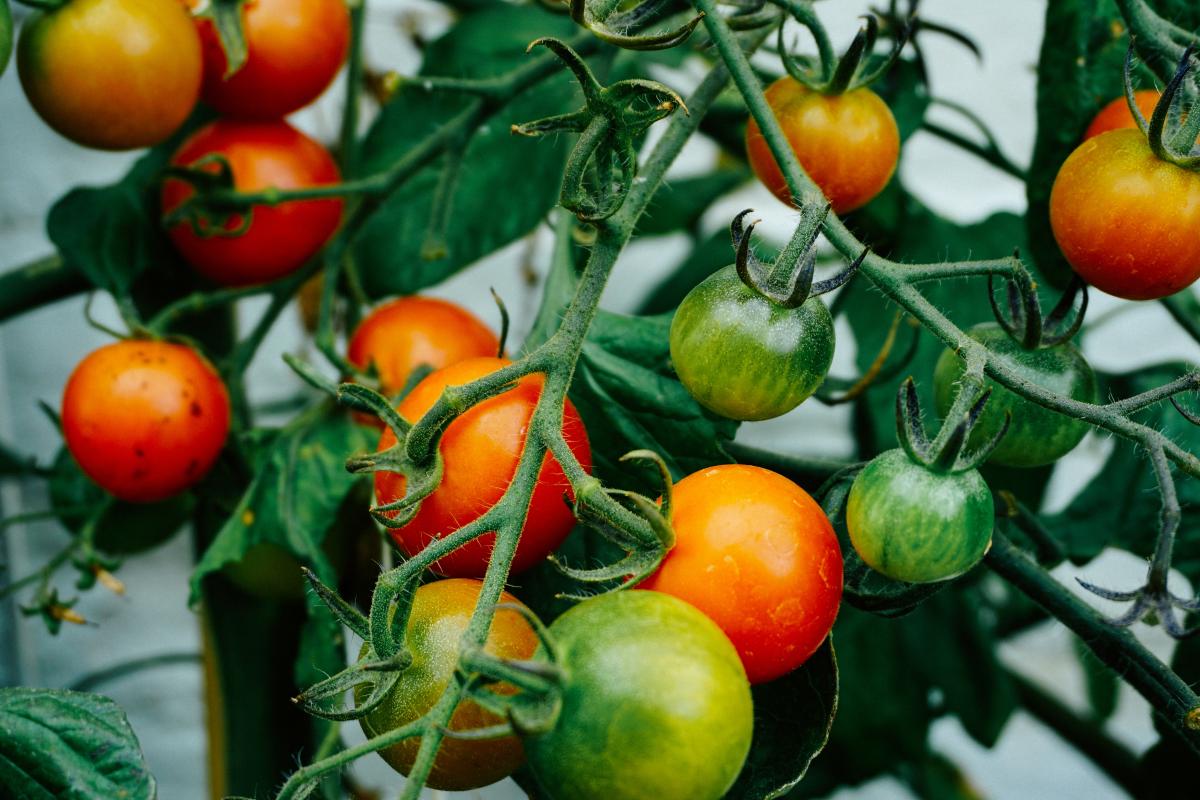
This is a series of lessons where students will observe natural activities in the garden for five days. From the observation, they will identify the factors that have high probability of causing

This is a series of lessons where students will observe natural activities in the garden for five days. From the observation, they will identify the factors that have high probability of causing

In this lesson, students will participate in a hands-on activity to learn about area and perimeter while also learning about structures and functions of plants by designing a garden space that

This is the final lesson in a set of 4 (total) lessons. This is when students will be reviewing the information from planting and the first observation day. Students will begin logging and comparing

This lesson is the first of two about vermicomposting. It explains what vermicomposting is and how to start a worm bin. The second lesson will discuss harvesting compost and moving worms to a garden

This is the culminating lesson in the series of lessons comparing how garden growing techniques determine plant growth/production. In this lesson students will apply the Engineering Design Process as

In this lesson, students will apply the knowledge of calculating volume to determine the amount of soil they need to fill their planters. They will also use their skills to multiply and divide the

By exploring seeds and the effects of different planting patterns/depths on seed germination, students will conduct exploration of varying seed depths in soil and keep track of growth and traits over

This is the planning and set-up stage for an experiment to see which type of gardening is the most sustainable and produces the best results. You will need to either choose or have students help

Students will begin the year working with a hydroponics system to observe plant growth. To start the students will be given a seedling and determine what the plant is as it goes through the life cycle